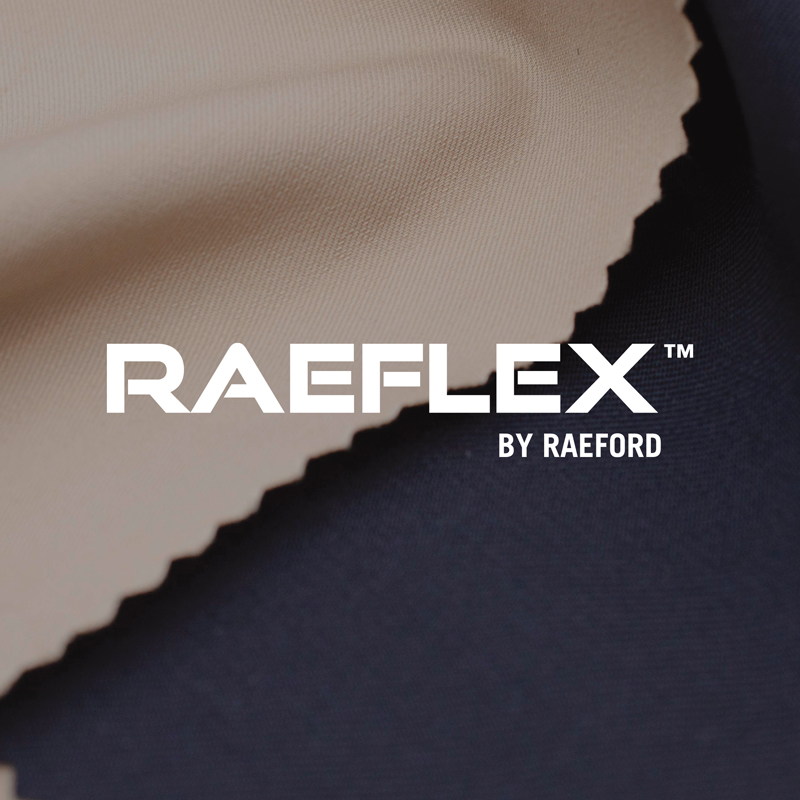First responders stretch their performance with wool

US company Burlington includes Australian Merino wool in its innovative Raeflex™ fabric that has 16-18% stretch and outstanding recovery. The fabric has been introduced into uniforms for several police agencies across the US.
Police personnel on the front line need a uniform that not only has a professional appearance but is also functional during their often long and active day.
“Burlington’s Raeflex™ fabric is a world class fabric for law enforcement and security personnel,” said Burlington Uniform Director, Philip Brown.
“The innovative fabric combines increased levels of stretch and recovery in a durable, high-end Merino wool fabric for increased comfort and performance – all while upholding the professional appearance of a dress uniform.”
Excellent stretch and recovery

Burlington’s Raeflex™ fabric, which incorporates worsted spun Australian Merino wool, has impressive stretch and recovery making it ideal for uniforms worn by law enforcement officers.
Traditional uniform fabrics have historically been designed with two methods of stretch performance in their construction: (1) mechanical stretch, or (2) spandex stretch.
Mechanical stretch is provided by fabrics constructed without inherent stretch fibres (e.g. spandex, also known as lycra and elastine) – a twill weave for example will allow for some stretch, but it provides only limited mobility. Spandex stretch is provided by fabrics containing stretch fibres – the fabrics exhibit good stretch properties and average recovery or ‘bounce back’ to its original form.
Burlington’s Raeflex™ fabric is different. This is because of its proprietary polyester/worsted wool stretch yarn technology known as PSR (Performance Stretch & Recovery).
“Raeflex™ uniform fabric has great stretch of up to around 18%, enabling unrestricted movement, and solid recovery that helps the fabric retain its original form wash after wash,” Philip said.
“We blend our PSR yarn into the fabric to initiate stretch and use worsted long staple Merino wool yarns to add natural performance attributes. The fabric has enough stretch in the weft to allow performance, but less in the warp to help keep the uniform’s professional appearance.”
Benefits of including wool
Philip says wool provides natural performance benefits to police uniforms, which could be worn for up to 16-hour shifts.
“Wool is the best fibre money can buy, especially for a police uniform. The fibre makes the uniform naturally self-extinguishing, provides natural odour protection, and is a great thermoregulator,” he said.
There are currently four different Raeflex™ fabrics: a plain weave shirting fabric, and three weights of fabric for pants, each with a different type of twill.
“All the Raeflex™ fabrics are made of about 30% Australian Merino wool and 70% polyester,” Philip explained.
“With this launch, Burlington demonstrates its capability to produce a worldclass textile. Raeflex™ delivers the natural fibre comfort and resilience of Merino wool, combined with the durability and easycare performance of a polyester blend.”
Manufactured by Burlington
The Raeflex™ fabric is produced by a combination of three Burlington facilities. Raeford for yarn production, Richmond for weaving, and Burlington Finishing Plant for the dyeing and finishing production.
Burlington provides fabrics to a wide range of public service organisations in the US, including state police, local police and fire departments, the United States Postal Service, Park Service and the Department of Homeland Security.
It is the largest producer of wool fabrics for the US military; every branch of the US armed forces plus military academies and other international armed forces use Burlington fabrics.
Burlington also manufactures fabrics for markets including activewear, medical, and personal protective equipment.
The Woolmark Americas team has a good relationship with Burlington with which it explores opportunities for growth in wool textile production and market demand.
More information: www.burlingtonfabrics.com/raeflex
Top image photo credit: Douglas Sacha
This article appeared in the Spring 2025 edition of AWI’s Beyond the Bale magazine that was published in September 2025. Reproduction of the article is encouraged.












